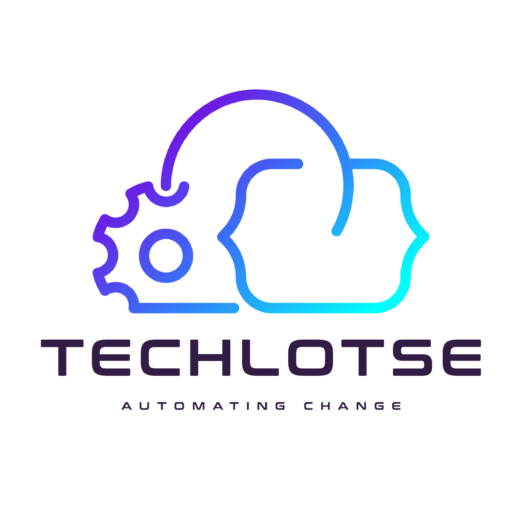In the final installment of this series I would like to go thru some of the software used in my homelab and how they are used. The following few posts I will go thru the Setup and Building of all the solutions mentioned here. I started with ESXi 7U2 deployed on all 4 of my […]
Tag: Design
Homelab – Network Design
For my Homelab Network Conceptual Design I split my Home into two Zones, each behind its own firewall. On the Home side I would segregate Devices in to 3 Categories. Dodgy – This would mean devices I do not not trust at all, so any IOT device which I do not have control over. They […]
Homelab – Physical Design
The design of my new home network design was guided by the requirement for Internet stability and Segregation between HomeLab and Home Network as far as possible. Home Networking Design I decided to have my internet come into my Firewall for the Home Lab. This was to ensure that when I do decide to Expose […]
Homelab – Requirements
After Multiple bad Homelab builds I sat down this time to look at what I Really need and also what fits my Budget and most importantly what my Family Will accept a a Minimum Viable Product. As my Homelab will form part of my home network and there will inevitably be some crossover between the […]
